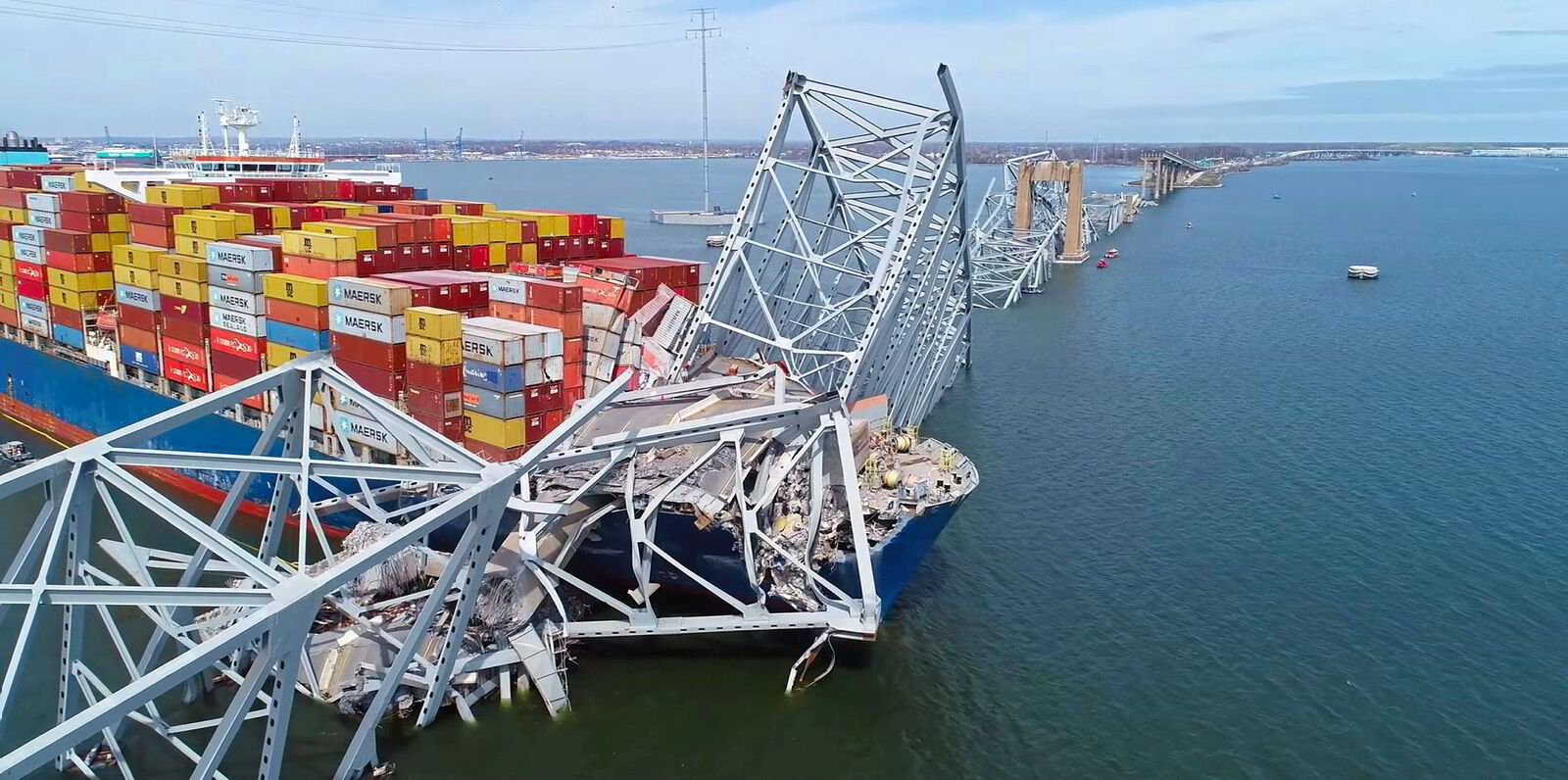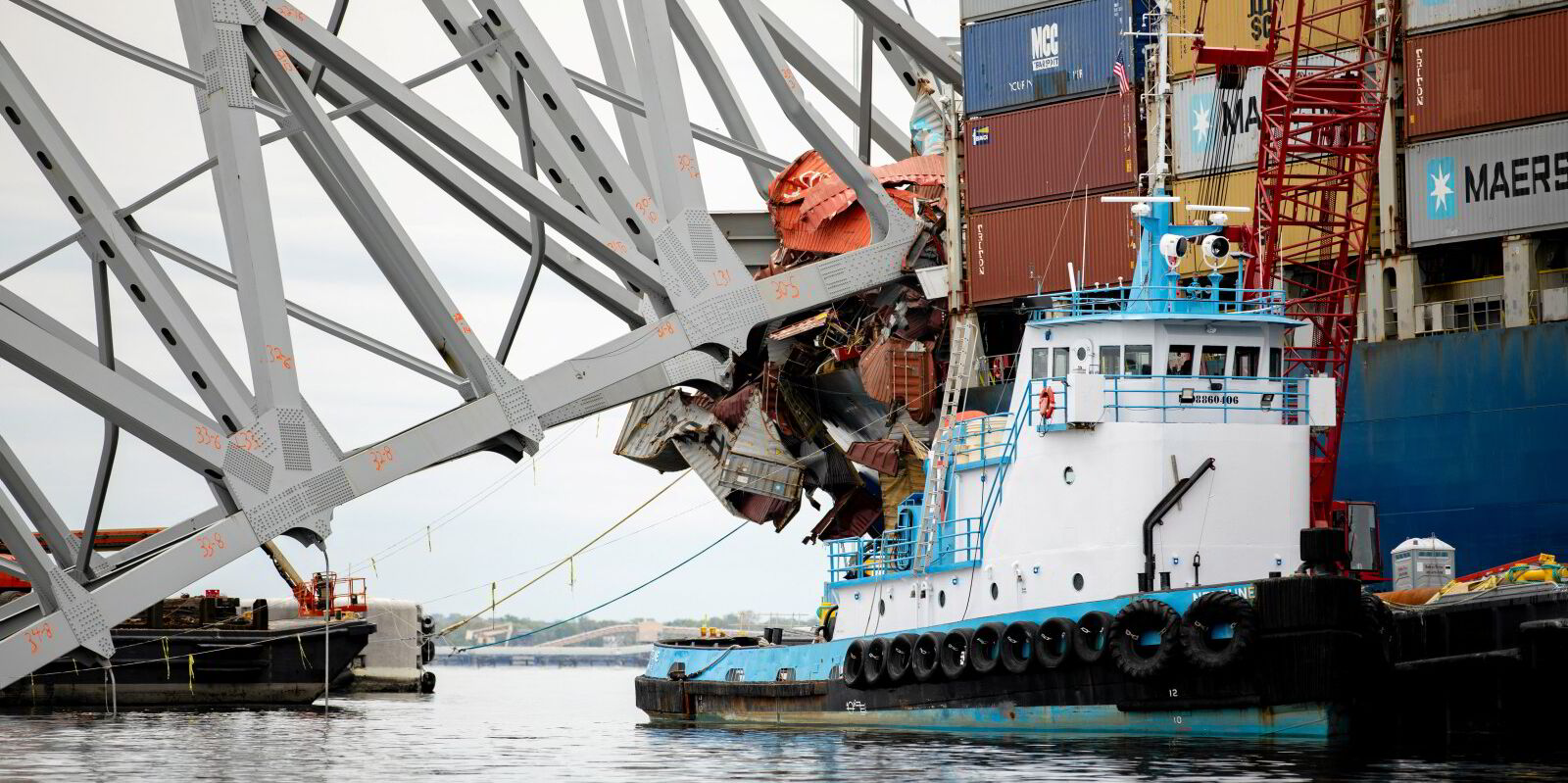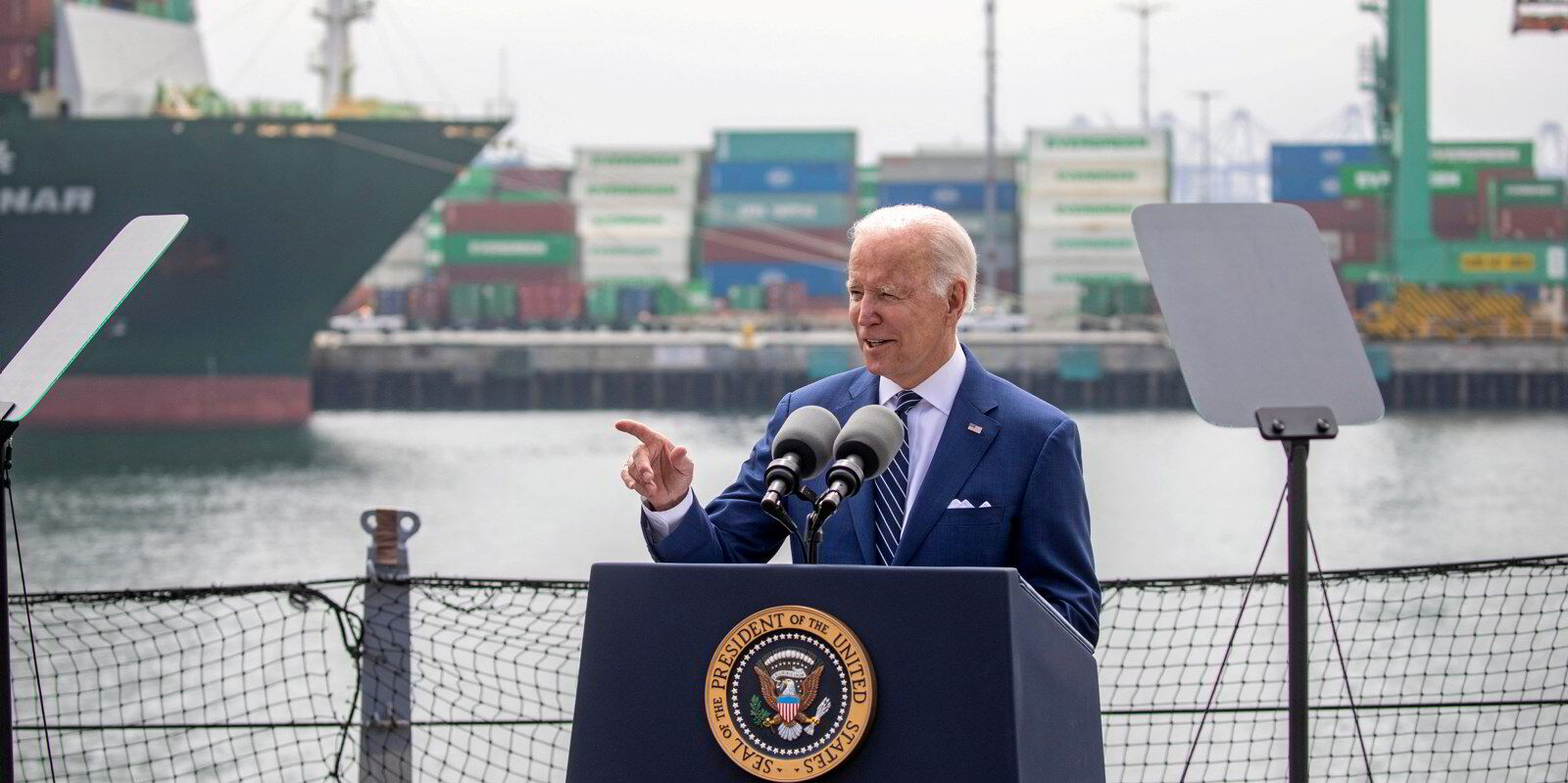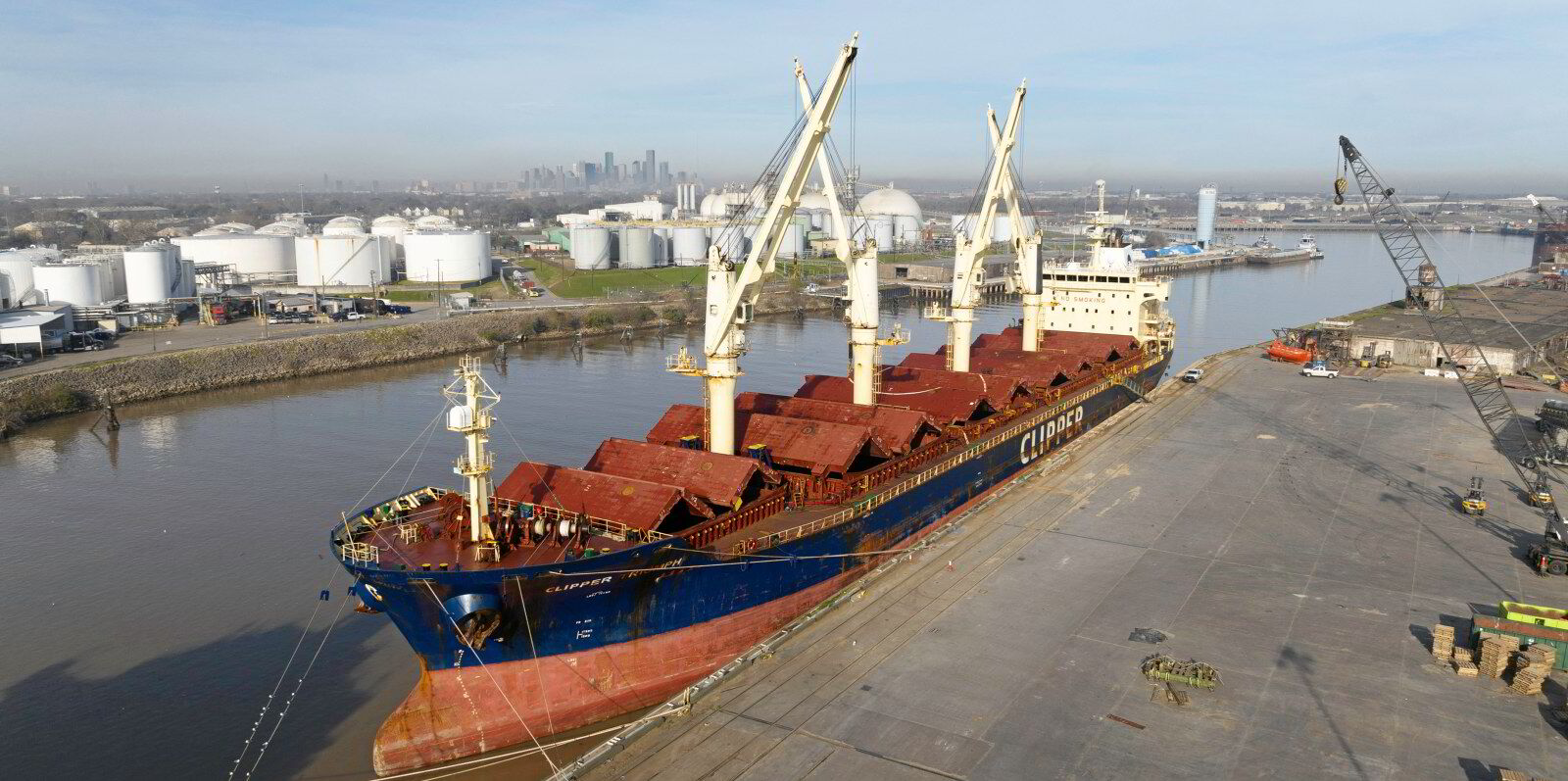The US has lodged a claim against Synergy Marine and Grace Ocean over costs that government lawyers tallied up to $103m after a container ship destroyed a Baltimore bridge.
The claim is the latest legal manoeuvre in litigation over a deadly casualty that saw the 9,962-teu Dali (built 2015) crash into the Francis Scott Key Bridge in March, killing six workers, cutting off traffic to a major port and launching a massive effort to remove debris from the shipping channel.
In a filing with the federal court in Baltimore, the US Justice Department said the incident was entirely avoidable.
“The electrical and mechanical systems on the Dali were improperly maintained and configured in a way that violated safety regulations and norms for international shipping,” the government lawyers wrote.
Those problems caused a power loss and a “cascading series of events” that led to the bridge strike, and the Justice Department lawyers said the ship’s “unseaworthy condition” deprived it of its propeller, rudder, anchor and bow thruster — the four things that could have helped the crew control the ship.
Darrell Wilson, a spokesman for Singapore-based manager Synergy and compatriot owner Grace Ocean, said the claim was anticipated ahead of a 24 September deadline.
“The owner and manager will have no further comment on the merits of any claim at this time, but we do look forward to our day in court to set the record straight,” he said.
The US claim contains a litany of steps leading up to the tragedy that it blamed on the owner and manager.
The Justice Department team, led by deputy assistant attorney general Brian Boynton, accused the crew of “jury-rigging” the vessel to deal with long-standing vibration problems, a known cause of electrical failure. They said the vibration issue was well known to the crew.
Vibration problems
“They retrofitted the transformer with anti-vibration braces, one of which had cracked over time, had been repaired with welds and had cracked again,” the US lawyers wrote.
“And they also wedged a metal cargo hook between the transformer and a nearby steel beam, in a makeshift attempt to limit vibration.”

They also said equipment to automatically transfer power to a backup transformer was “recklessly” disabled.
And the US claim blamed a second power failure on the decision to use a so-called flushing pump, which they described as a device only for the temporary task of flushing out a pipeline during a fuel switch, to fuel the diesel generators.
The claim was filed as part of a federal lawsuit launched by Synergy and Grace Ocean to limit their liability in the case.
“The ship’s owner and manager — who now ask the court to limit their liability to less than $44m — sent an ill-prepared crew on an abjectly unseaworthy vessel to navigate the United States’ waterways. They did so to reap the benefit of conducting business in American ports,” the US lawyers said in the lawsuit.
“Yet they cut corners in ways that risked lives and infrastructure. Those responsible for the vessel must be held fully accountable for the catastrophic harm they caused, and punitive damages should be imposed to deter such misconduct.”
The government alleges negligence and violations of the Rivers and Harbors Act, and the US wants additional punitive damages, among other claims.
Economic damages
Robert O’Connor, maritime lawyer at Montgomery McCracken Walker & Rhoads, said that the Justice Department is also seeking claims under the Oil Pollution Act of 1990, or OPA 90.
“The inclusion of a count under the Oil Pollution Act of 1990 is significant because — unlike the Robins Dry Dock doctrine — OPA 90 allows recovery of economic damages,” he said.
Robins Dry Dock is a 1927 Supreme Court ruling that only allows claims for physical damages in maritime casualty cases, rather than the economic impacts of the incident.
The OPA 90 law is typically associated with oil spills, but the US claim asserts that the Coast Guard had to take steps to prevent pollution from the Dali.






